If you live in Spain, it's impossible for olive oil not to be a part of your daily life. We douse our toast with it for breakfast, swirl it over our salads for lunch, and begin practically every recipe with it for dinner.
In a country where people consume more than 11 liters (nearly 3 gallons) of olive oil per year on average, it's almost impossible to find a plate without at least a few drops of liquid gold.
And while deciding among the dozens of bottles of Spanish olive oil at the grocery store may seem intimidating, it's worth brushing up on the basics so you can choose the best.
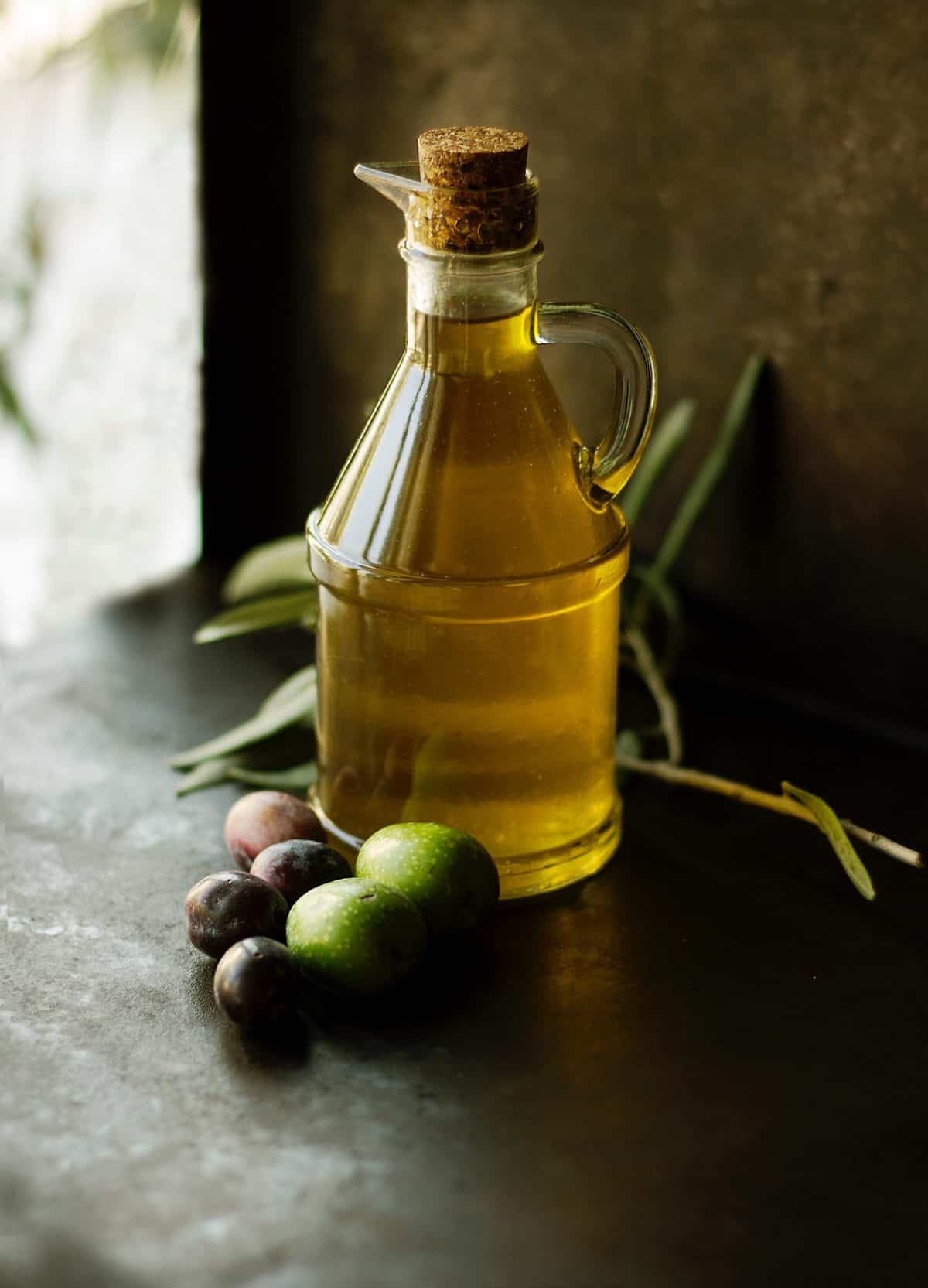
A few years ago, I had the opportunity to visit the Andalusian province of Jaén to learn all about the extra virgin olive oils produced in the region. It was an intense two days of Spanish olive oil 101, but we loved every minute of it!
Despite the short time frame, we learned a lot thanks to our excellent instructors. Among them were Anuncia Carpio Dueñas and the teachers from the La Laguna School of Hospitality and Catering in Baeza, Jaén.
If you also find Spanish olive oil completely fascinating, this guide is for you. (And I strongly encourage attending an olive oil tasting in Jaén if you get the chance!)
History of Olive Oil in Spain
Olive oil has been flavoring Spanish cuisine for more than 3,000 years. To trace the flow of oil throughout history, all you have to do is head south.
Spaniards have the Phoenicians to thank for first bringing olive trees here around 1050 BC. But it wasn't until the Romans occupied the Iberian Peninsula starting around 212 BC that olive oil really caught on. Spain's excellent olive-growing climate made it a hub of the Roman Empire's olive oil production.
When the Moors took control of the Iberian Peninsula starting in 711, they brought with them more advanced processing techniques, setting up the Spanish olive oil industry to become the behemoth it is today.
In fact, the Moors were so influential that the Spanish word for oil, aceite, comes from the old Arabic-Hispanic word azzáyt, which means "olive juice."
Today, regions in every corner of Spain produce olive oil. The areas with the highest production are the provinces of Jaén and Córdoba in Andalusia, with Castilla-La Mancha, Catalonia, and the Balearic Islands contributing to Spain's overall output as well.
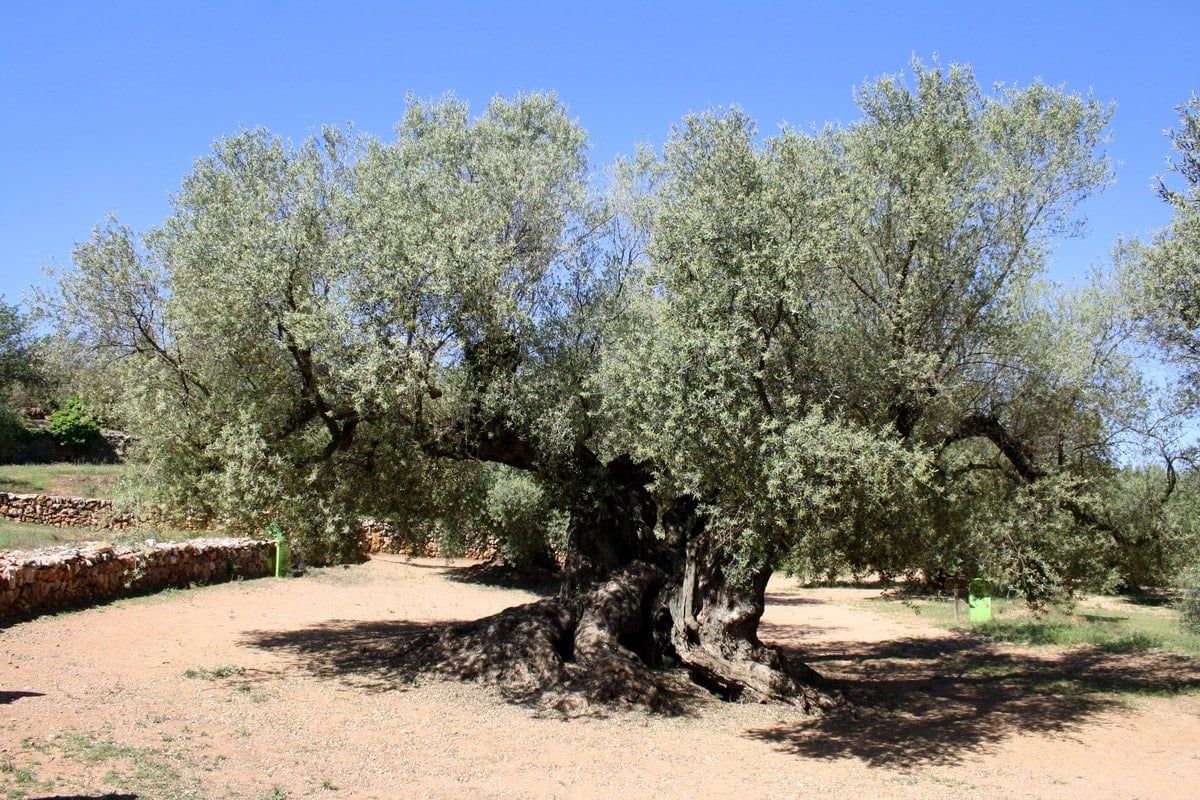
Spanish Olive Oil 101
With more than 260 varieties of olives, 32 different Protected Designations of Origin (similar to the quality control regions for wine), and a whopping half of the world's total output, Spain's olive oil game is strong.
But not all olive oils are created equal—not even all Spanish olive oils!
From arbequina to hojiblanca to picual and everything in between, this guide will show you everything you need to know about how to pick the best Spanish olive oil for your needs, taste, and budget.
What Exactly Is Olive Oil?
To understand olive oil we have to remember that olives are fruits and, like many fruits, they grow on trees. Just like apple trees make apples for apple juice, olive trees produce olives for olive juice—or olive oil!
Each olive generally contains about 15–25 percent oil. The rest of its weight consists of water (about 50 percent), skin, pulp, pit, and seed.
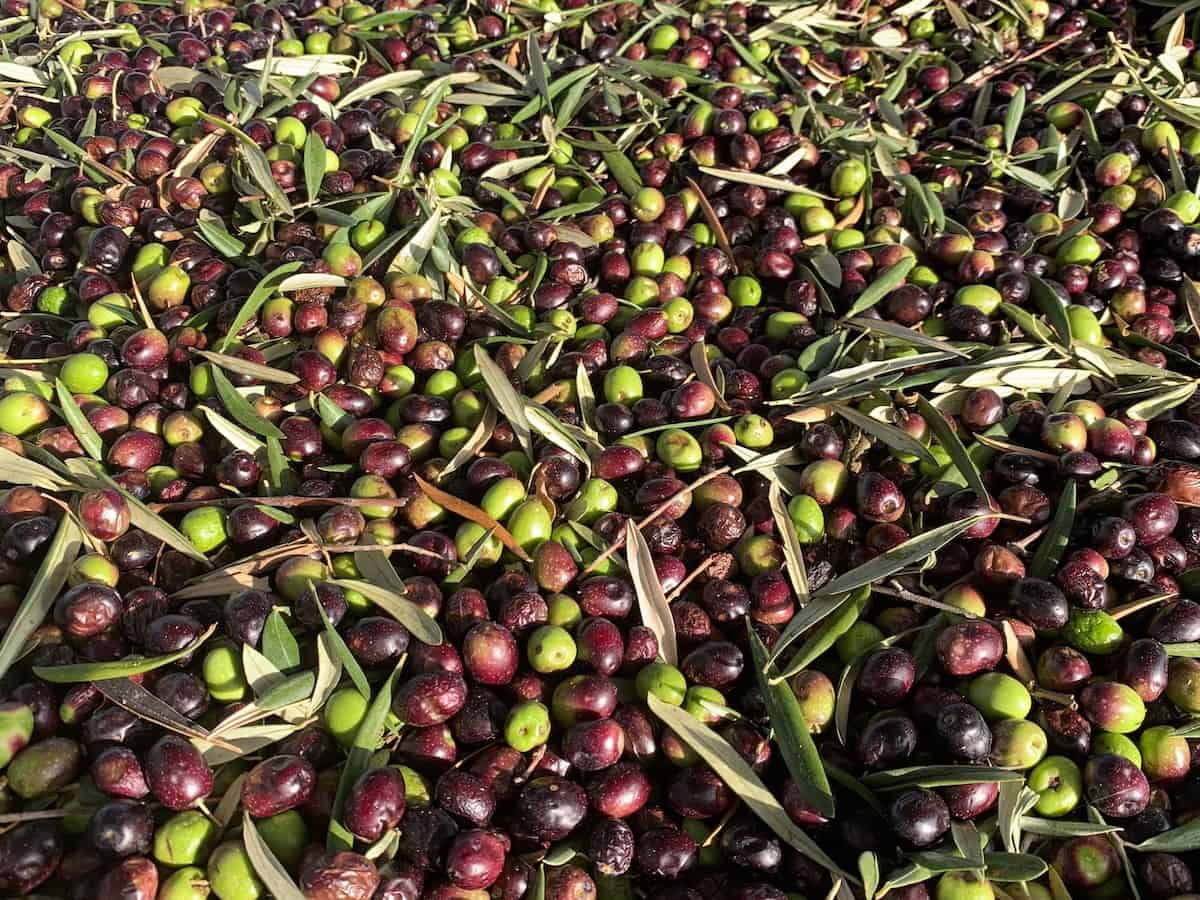
From Olives to Olive Oil
Olive fruits form toward the beginning of the Spanish summer and are bright green and hard. As they mature, they grow in size and begin to change color: first to a yellow-green, then light purple, dark purple, and finally black.

The best time to collect the olives is as soon as they start to change color, which is at the beginning of fall (October/November here in Spain). But some producers wait longer, erroneously thinking that the olives will continue to grow and plump up, therefore producing more oil.
In reality, the longer they wait the more likely it is that the olives will become bruised or tear, causing fermentation and other defects.
There are various systems to remove the olives from the trees. The best are machines that shake the trees quite violently, making the olives fall off onto nets that workers quickly gather up and load onto trucks.
After removing the olives from the trees, they go straight to the almazara, or olive oil factory. There, it's time to clean them. Leaves and branches are blown off the olives, and they're washed to remove any dust, pollen, or dirt.
Next, the olives pass through a mill where they come out as a pulp, then they make their way into a sort of blender that slowly churns the pulp.
To separate the olive oil from the pulp, most companies use a centrifuge system, which does a pretty good job—temperatures during this process never go above 30°C (86°F).
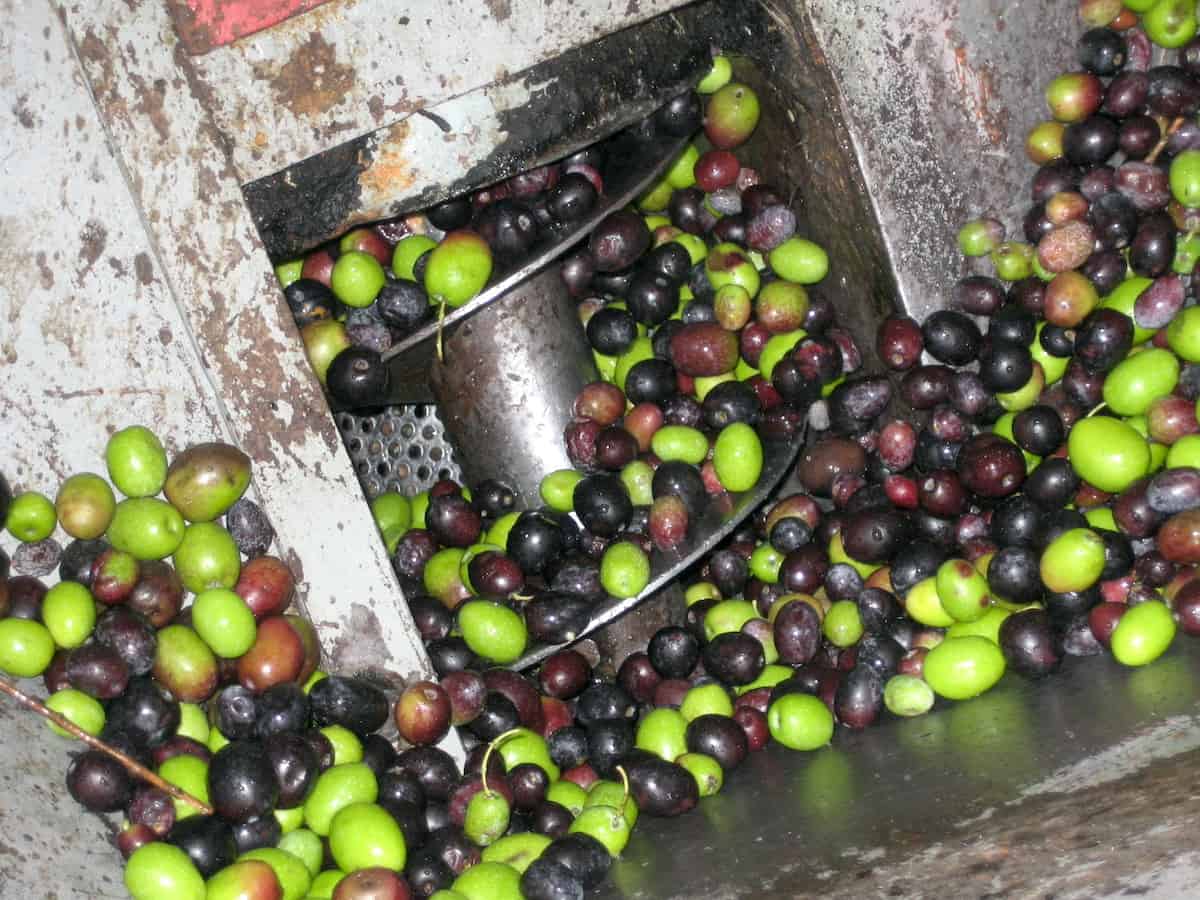
The old-fashioned “cold-pressed” systems are few and far between nowadays, as they aren’t nearly as efficient. Cold-pressed is most likely a marketing gimmick if you see it on a bottle (though not always).
Now the olive oil is ready to consume: 100 percent olive juice. However, this unfiltered oil (the hazy type you’ll see in some shops) does contain water and traces of the olives, and it's this moisture that gives it that haze.
This oil is perfectly fine for consumption—even desirable—but unless the oil will be consumed quickly (within a month or so), it's preferable to filter the olive oil. This will rid it of water and increase its shelf life.
Olive Oil's Enemies
Our teachers in Jaén stressed that olive oil is not like wine—it doesn't improve with age! Instead, they told us to think of it like freshly squeezed orange juice: you want to consume it quickly.
In reality, olive oil has lots of enemies that will shave precious months off of its shelf life:
- Oxygen: Every time olive oil makes contact with air it oxidizes, and eventually it will become rancid. Don’t leave the bottle open!
- Warm temperatures: Do not keep your olive oil next to the stove! Store it in a cool, dark place. This can increase its shelf life and slow down oxidation. Someone asked what to do during a hot Andalusian summer, when temperatures soar above 100°F. Our teachers advised us to keep the olive oil in the refrigerator, despite the fact that it will likely solidify (this will barely affect its quality).
- Sunlight: You know it’s likely a good olive oil when it comes in a black or opaque bottle. As pretty as see-through glass bottles can be, they allow dangerous light to enter and affect the precious oil. Light, even artificial light, will speed up the oxidation process. Don’t buy olive oil from a shop if it's sitting in a display light!
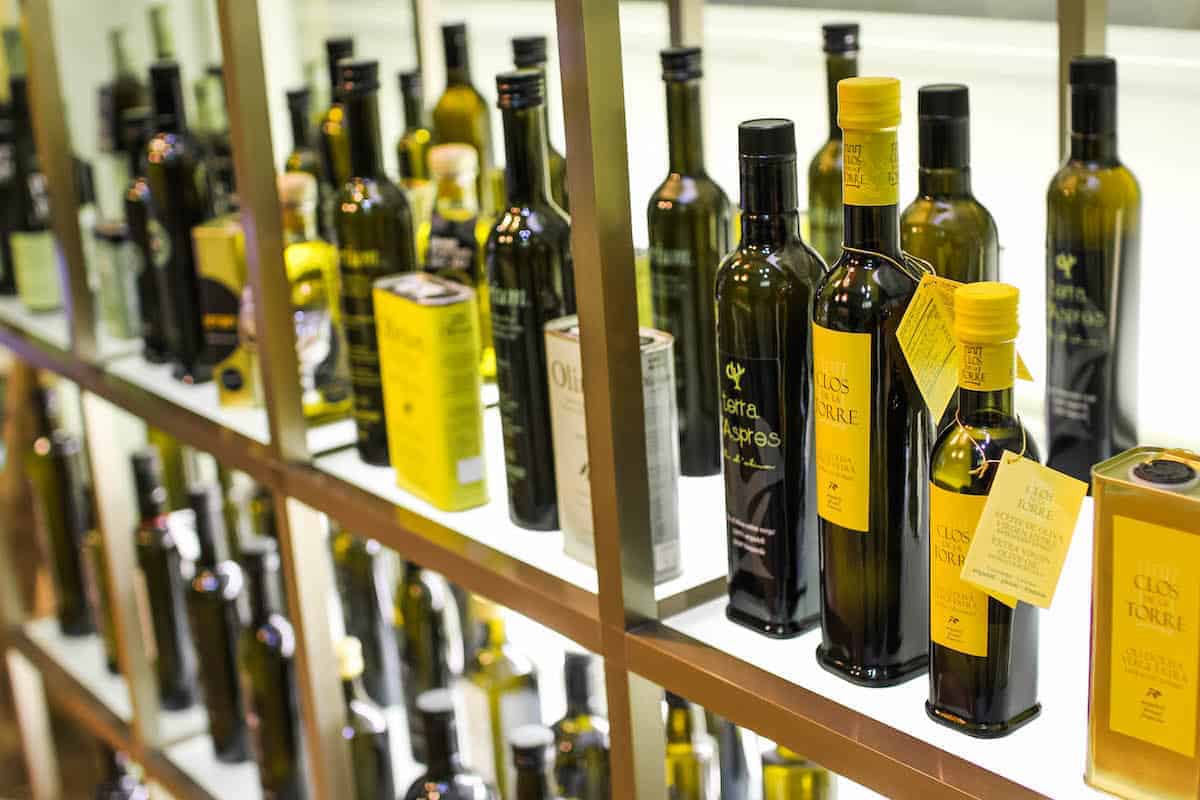
Virgin vs. Extra Virgin
Depending on the quality of the olives and how they're pressed (and how many times), oils can change drastically from robust and excellent to chemical and inedible. The European Union strictly regulates how oils can be classified.
Olive oil experts use a 10-point scale to judge oils on an array of quality criteria. Extra virgin oils have to achieve a perfect score. Virgin oils can have up to 3.5 percent defects and an acidity of up to 2 percent.
Extra virgin olive oil is the créme de la créme of olive oil and thus comes with a slew of requirements:
- Pressing of the olives must occur less than 24 hours after harvest, using either a traditional press or a centrifuge system (the most common these days, as presses allow for bacteria that could ruin the oil).
- No chemicals can ever touch the oil.
- It must be 100 percent olive juice, no additives.
- It also cannot be heated above 27°C (80.6°F), which is the maximum temperature it would reach during the centrifuge process.
- Extra virgin olive oil can't have any defects in color, smell, or taste (a panel of experts tests for defects).
- It must have an acidity below 0.8 percent (though most are actually under 0.3 percent).
You'll often see words like "cold-pressed," "all-natural," or "unrefined" on extra virgin olive oil labels, all of which are superfluous! If it is really extra virgin oil, by law, it has to be all of those things.
Only extra virgin olive oils can be sold under DOP (Protected Designation of Origin) labels. Like DOCs for Spanish wines, these regulate quality and correspond to geographical regions.
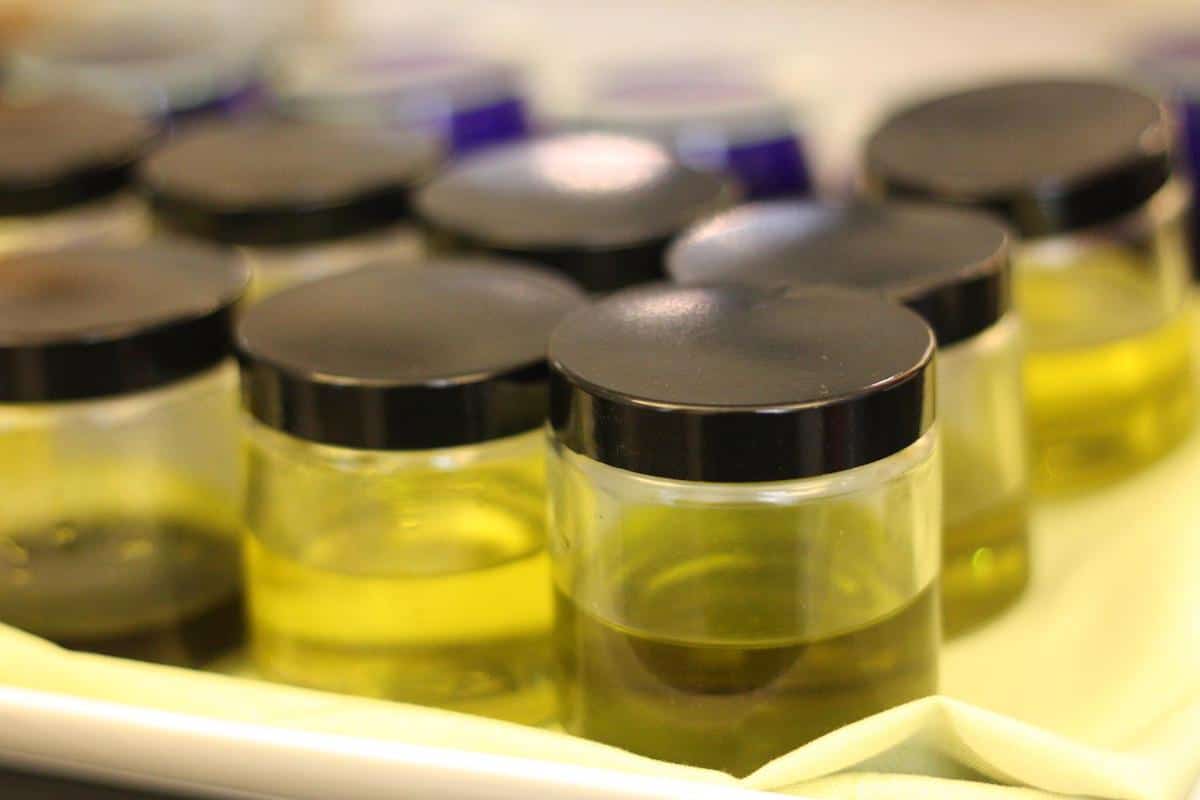
Virgin oils are also chemical-free and can only be pressed using traditional presses or centrifuges. The difference is that they can have some slight imperfections of color, smell, and taste.
As virgin oils are still raw and unheated, they retain many of the health benefits of extra virgin oils. They are rather hard to find, though. Most virgin oils are mixed with refined oils and sold as just plain "olive oil."
Lampante Oil
If the oil has a high acidity (more than 2 percent) and many defects, it's dubbed "lampante oil" and destined for the refinery. Lampante gets its name from the olden days, when it was used as lamp oil.
In order to make this olive oil fit for consumption, producers refine it with solvents (chemicals) that take away its various defects. The result: a light-colored, flavorless oil.
They then mix it with a small percentage (about 5–10 percent) of virgin (or occasionally extra virgin) oil to give it the desired flavor profile and color—and trick many consumers into thinking it's somewhat healthy!
These refined oils are often sold in Spain as "suave" (smooth olive oil) which has a light color and flavor, or "intenso" (intense olive oil) which is a bit darker in color and stronger in flavor. It's all marketing though, as these oils contain minimal health benefits.
Olive Oil Health Benefits
As a staple of the Mediterranean diet and the most important ingredient in any Spanish kitchen, extra virgin olive oil comes packed with health benefits. It's high in monounsaturated fatty acids (AKA healthy fats) like oleic acid, which reduces inflammation and may even reduce the risk of cancer.
While words like "fats" may make some people think of weight gain, the opposite is actually true here. Regular consumption of olive oil is not linked to weight gain, and in some cases may even result in weight loss.
As if that wasn't enough, extra virgin olive oil has tons of vitamins and antioxidants. This allows it to lower cholesterol and reduce the risk of heart attacks and strokes when consumed regularly.
To sum it up: If you aren't regularly consuming extra virgin olive oil, you should be!

Popular Varieties of Spanish Olive Oil
Just like grapes varieties in winemaking, the secret to great olive oil is great olives!
Hundreds of different types of olives grow in Spanish soil—a few dozen of which show up most commonly in olive oil. Each type of olive has a unique flavor profile, from spicy to sweet and from smooth to acidic. Professionals are able to detect a multitude of tasting notes, just like with wines!
Many extra virgin oils come labeled with the type of olive they use. And like wine, many oils use only one type of olive. Here are a few of the most popular oil-making olives in Spain.
Picual
Picual is the most commonly grown olive in Spain, accounting for about half of all Spanish olive oil. It also happens to be one of the healthiest Spanish olives, with high levels of antioxidants.
This is a strong oil with lots of body and a slight bitterness. It's a great oil for frying as it withstands heat well, but it also adds a nice touch to cold Spanish soups like gazpacho.
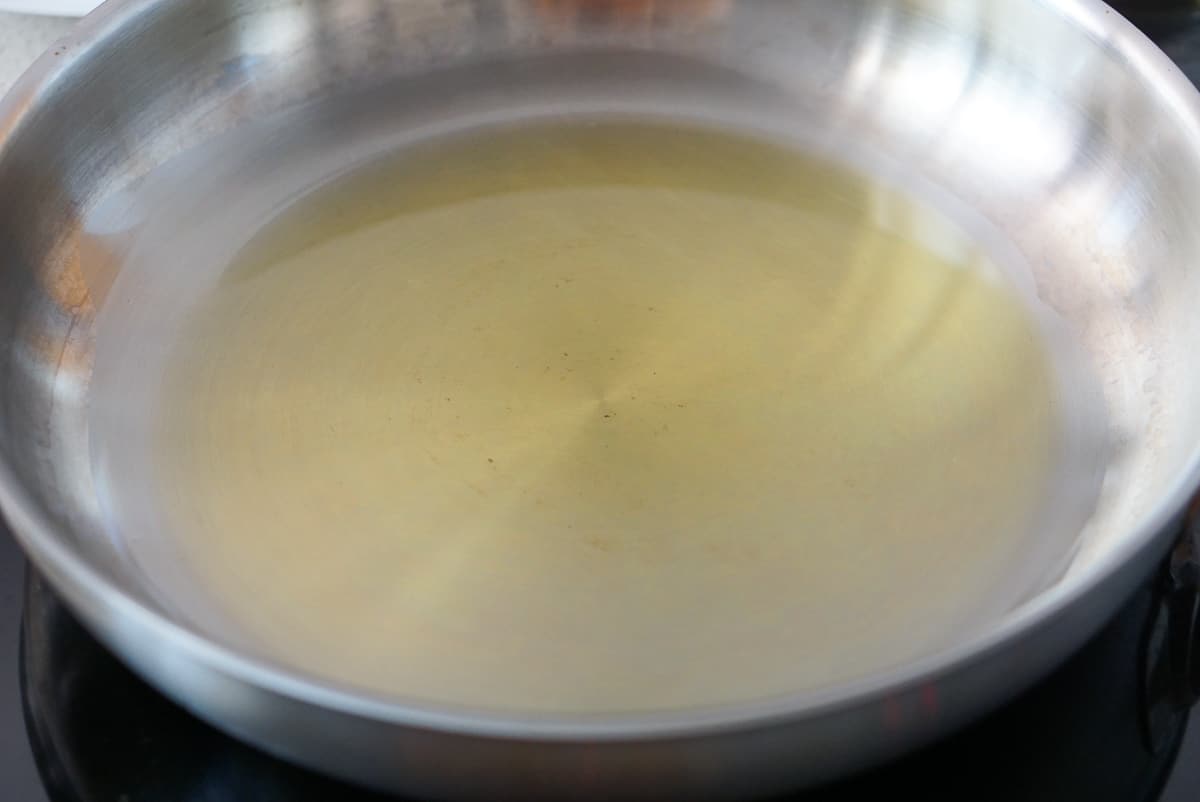
Arbequina
Though it depends on exactly where they're grown, arbequina oils from northeastern Spain are usually light, fruity oils that often have flavors of apple and almond.
Unlike some of its stronger Spanish brethren, arbequina oil is usually extremely smooth with very little bite or astringency. This oil is most often used raw (not for cooking) on fresh vegetables, salad, and fish.
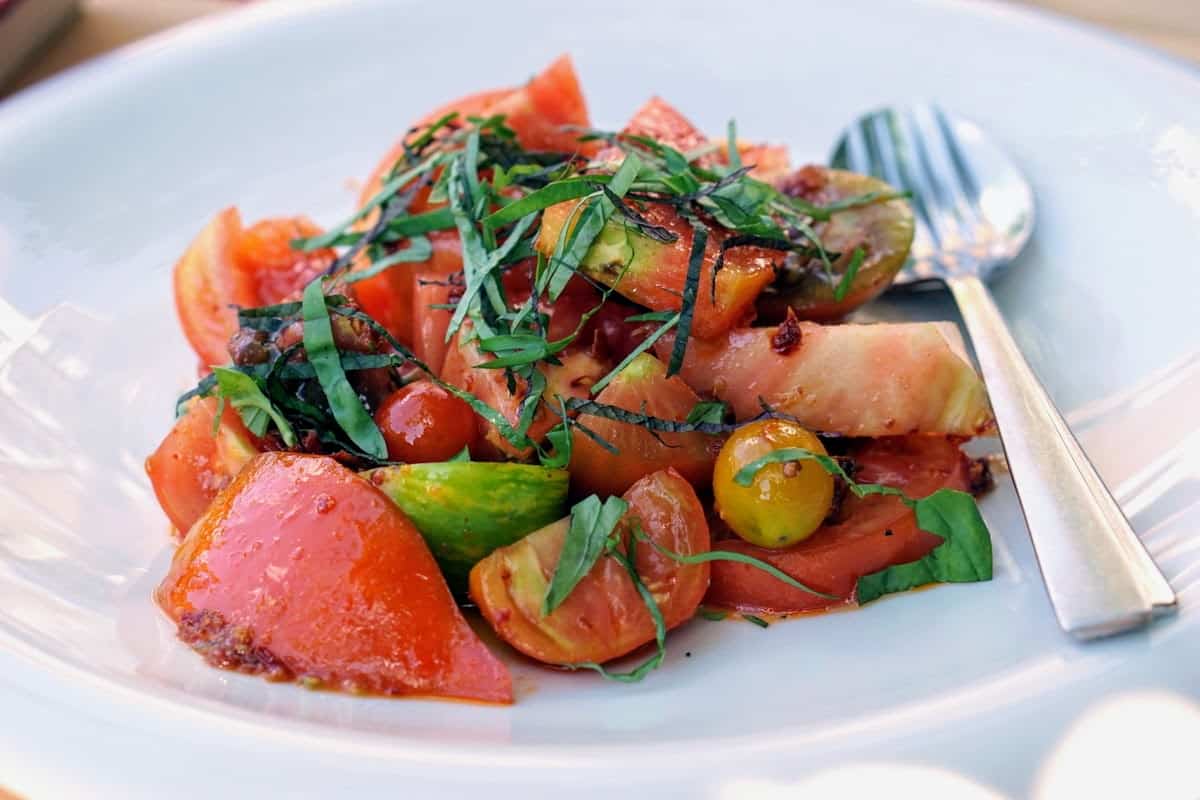
Cornicabra
This is the second most widely grown olive in Spain, coming from the Toledo region just south of Madrid. Cornicabra olives are difficult to pick mechanically and thus often appear in only the most expensive oils.
Cornicabra olive oils have a bit of a spicy bite at the end, and are great with roasted vegetables and meats.
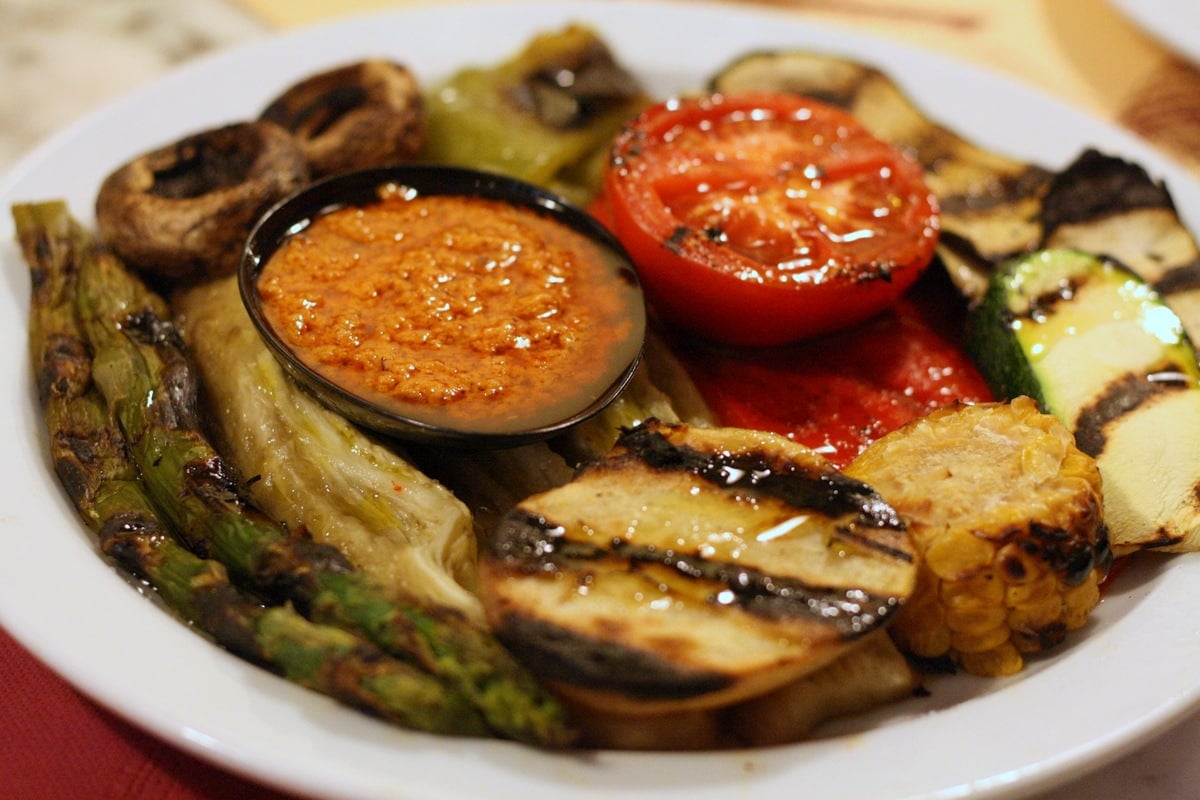
Hojiblanca
Hojiblanca gets its name from the leaves (hojas) on this type of olive tree, which are white (blanca) on the underside. These trees grow almost exclusively in the southern province of Andalusia, and their fruit makes up about 16 percent of all the olive oil produced there.
Hojiblanca is good for baking and pasta-making because of its slightly sweet and smooth flavor. Plus, its high fat content makes dough light and easy to work with.
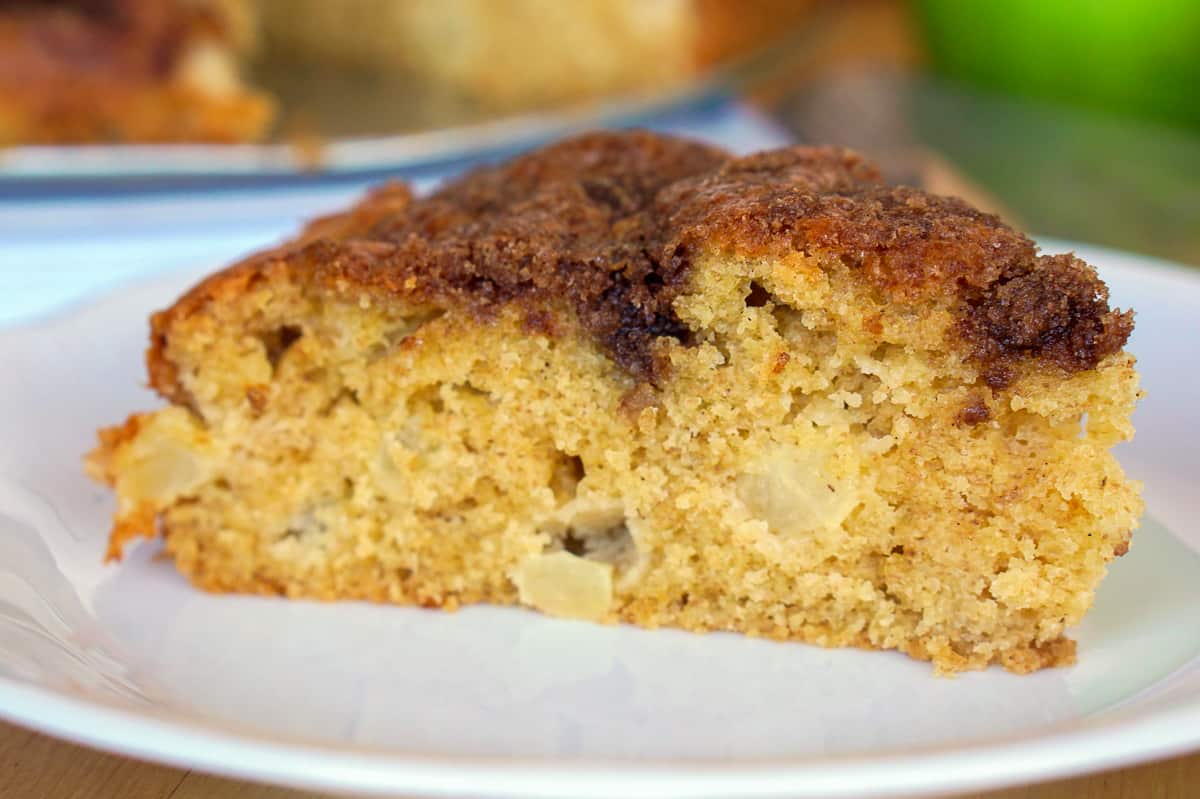
Lechín
Lechín olives come in two sub-varieties, both of which hail from Andalusia: lechín de Granada and lechín de Sevilla. These olives have a delicate fruity taste to start, with a whisper of spiciness that sneaks up on you near the end.
Unlike most other types, lechín is often blended with other varieties of olives when it becomes olive oil due to its low stability. However, you can still find single-variety lechín oils if you look hard enough!
Recipes Featuring Spanish Olive Oil
Cakes, cold soups, and sauces all rely heavily on olive oil in Spain. And good-quality olive oil is also what gives Spanish fried foods their special touch! Here are some of my favorite recipes starring Spanish olive oil.
- Salmorejo: This creamy cold tomato soup is one of my favorite Spanish foods of all time!
- Apple olive oil cake: A simple snacking cake bursting with tart apple flavor.
- Spanish olive oil cake with lemon and almonds: Another one of my favorite sweet snacks that's perfect for summer!
- Chocolate olive oil cake: For all the chocolate lovers out there.
- Alioli: Spain's ubiquitous garlic-infused mayo, which makes everything even more delicious—from fried potatoes to fideuà.
- Romesco sauce: Smoky, nutty, and piquant, this classic accompaniment to calçots is my favorite sauce of all time.
- Ajo blanco: A light and refreshing cold soup made with garlic, almonds, and bread (in addition to olive oil!).
- Gazpacho: The most classic of all Spanish cold soups, packed with fresh tomatoes and other veggies.
- Lemon yogurt cake: An easy and delicious dessert recipe that every Spanish home cook has in their back pocket.
- Spanish hummus: My recipe ups the ante on traditional hummus by adding Spanish flavors like toasted pine nuts, smoked paprika, and a generous drizzle of extra virgin olive oil.
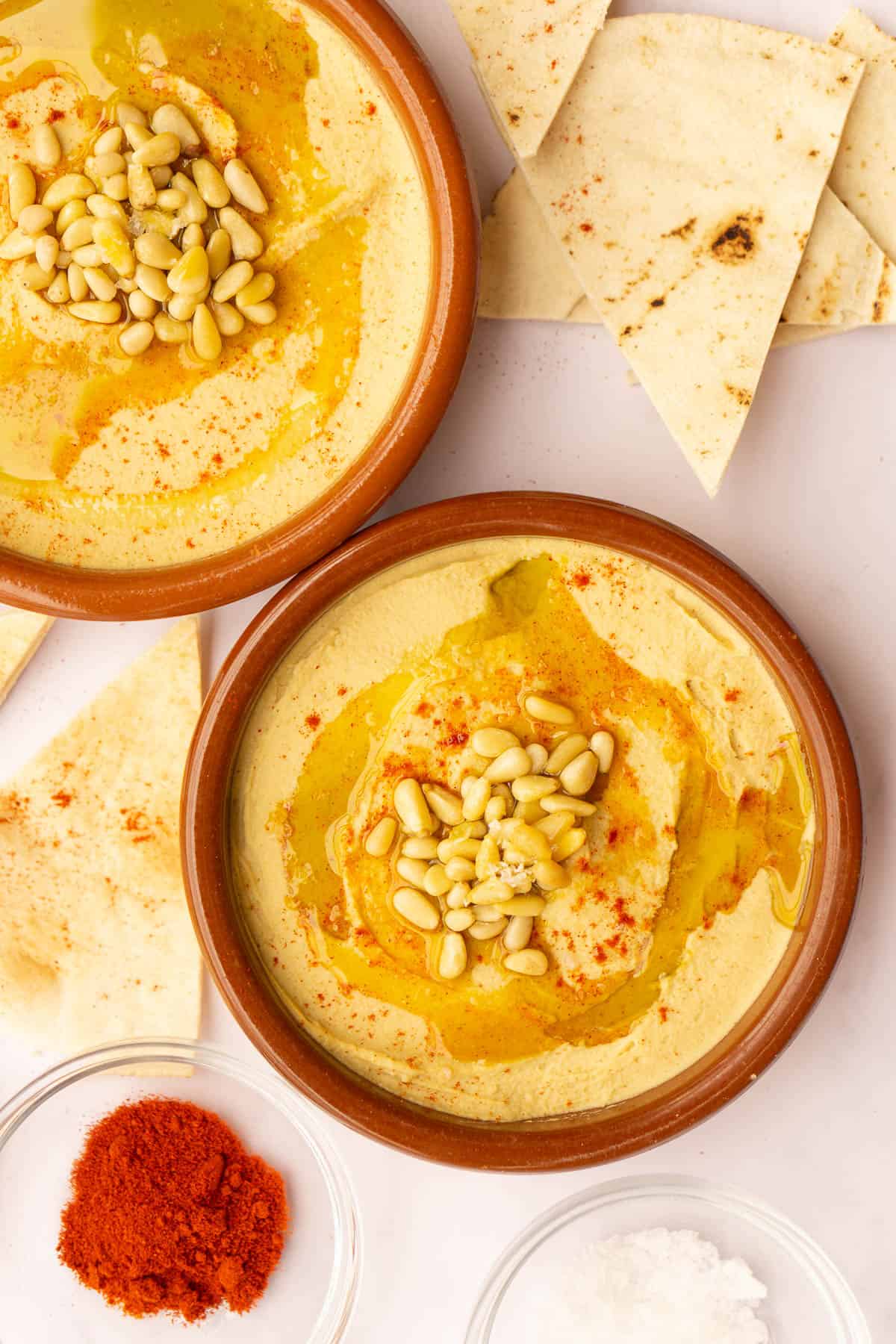
See Also: Our Guide to Essential Spanish Seasonings
Top Spanish Olive Oil Brands
Every year, the Spanish Ministry of Agriculture, Fisheries, and Food names the top Spanish extra virgin olive oils. There are only four categories up for grabs, including the prestigious "Best Extra Virgin Olive Oil," and all eligible oils must meet the strict extra virgin quality standards.
A few of my personal favorite Spanish olive oils are Castillo de Canena, Oro Bailén, Venta del Barón, and Oro del Desierto. If you live in the US, you can find an excellent selection of extra virgin olive oils online at La Tienda.
Another standout brand is PRMRY, a project started by a friend of mine (and Spanish olive oil expert). They use Spanish olive varieties grown in California. Their unique Spanish-American olive oils are another excellent option stateside!
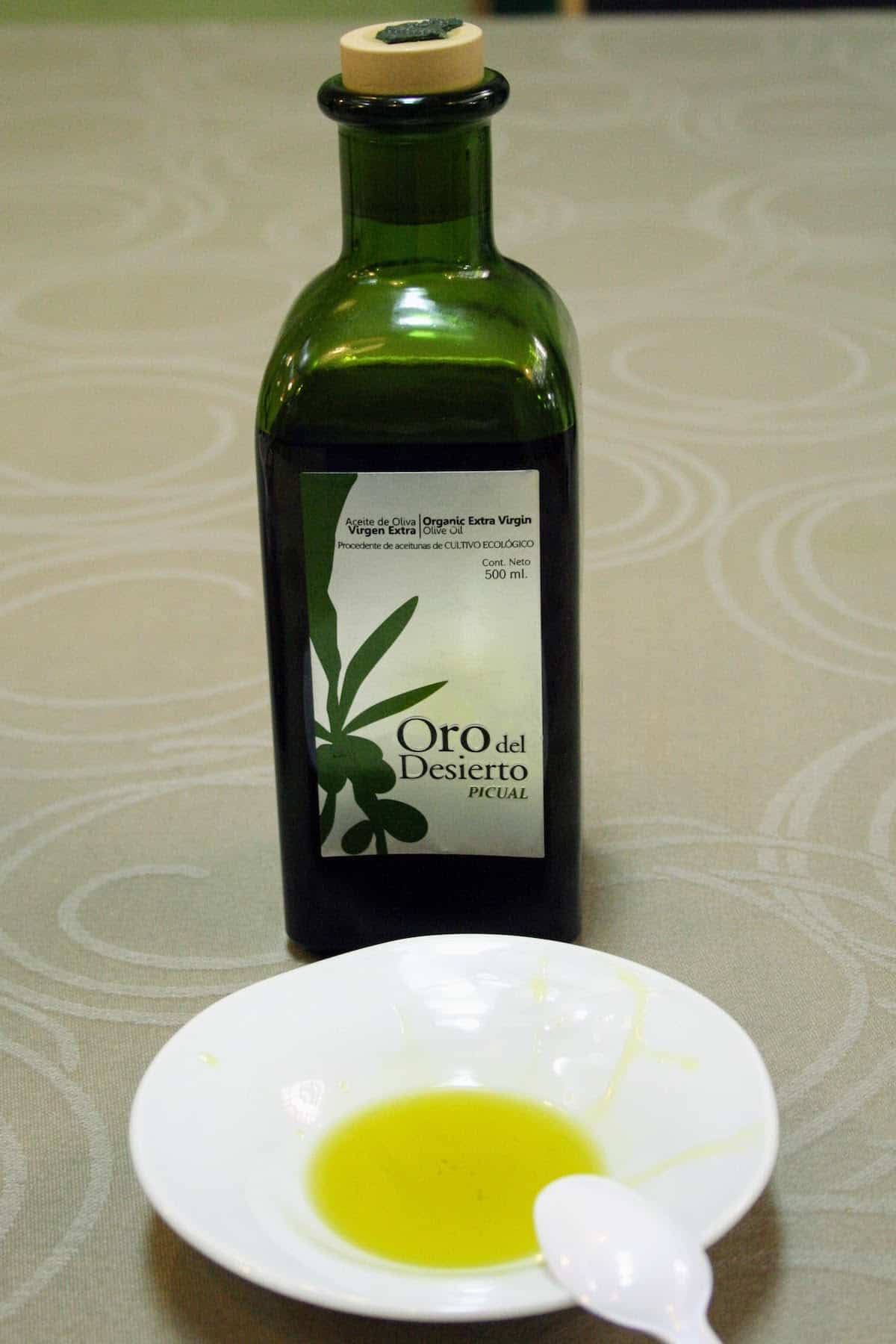
Visiting Spain? Check out our guide to gourmet products in Madrid!
Spanish Olive Oil FAQs
Extra virgin olive oil is 100 percent olive juice. It cannot have any defects in its smell or flavor (measured on a scale of 1–10) and its acidity must be lower than 0.8 percent, meaning that the quality of the fruit was quite high.
Virgin olive oil has a bit more leeway on the 10-point scale, and some defects are allowed. But the defects can’t exceed 3.5 percent, and the acidity can’t be more than 2 percent.
While there are definitely some great Italian olive oils out there, Spanish olive oil is considered the best in the world for many reasons.
Technology used and developed in Spain has revolutionized the production process, resulting in an output of more high-quality oils. And the sheer amount of olive varieties grown here allows for plenty of flavor diversity.
Still not convinced? Just ask the World's Best Olive Oils organization, a nonprofit that awards prizes to the top oils from around the globe. On average, 7 out of the top 10 olive oils in the world as ranked annually on their website come from Spain!
Absolutely! In fact, olive oil is what the overwhelming majority of Spanish cooks use for frying. Varieties with a high smoke point, like picual, are especially good for this.
Unlike a fine wine, olive oil does not get better with age. Instead, it's more like a fruit juice—you want to consume it as fresh as possible! When stored properly, extra virgin olive oil has a shelf life of 12–18 months.
Keep olive oil in a cool, dark place, away from heat and sunlight. Make sure the bottle is tightly closed to prevent oxidation.
The color of olive oil has no impact on taste or quality. Various genetic and environmental factors can affect the final color of the oil, which can be anything from a light yellow to a deep, rich green.
The best ones tend to be! The flavor profile of olive oil depends on the variety of olive, its ripeness, the climate, and more. Some degree of bitterness is often present in the best oils.
Here in Spain, we enjoy olive oil in many different ways. It can be used in salad dressings (either as a simple blend with vinegar or in a more elaborate recipe), in sauces, to fry and stir fry, for baking (many Spanish cakes use olive oil rather than butter), on toast, and so much more.
Hungry for more? Sign up for my free weekly newsletter and receive a new Spanish recipe once a week! Join today and get my FREE Spanish ingredient essentials guide!



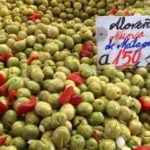
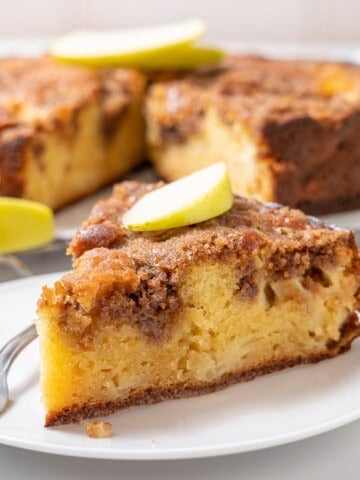
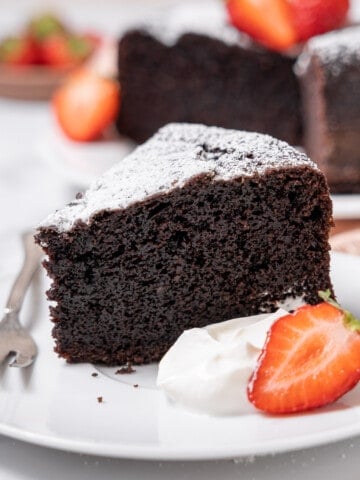
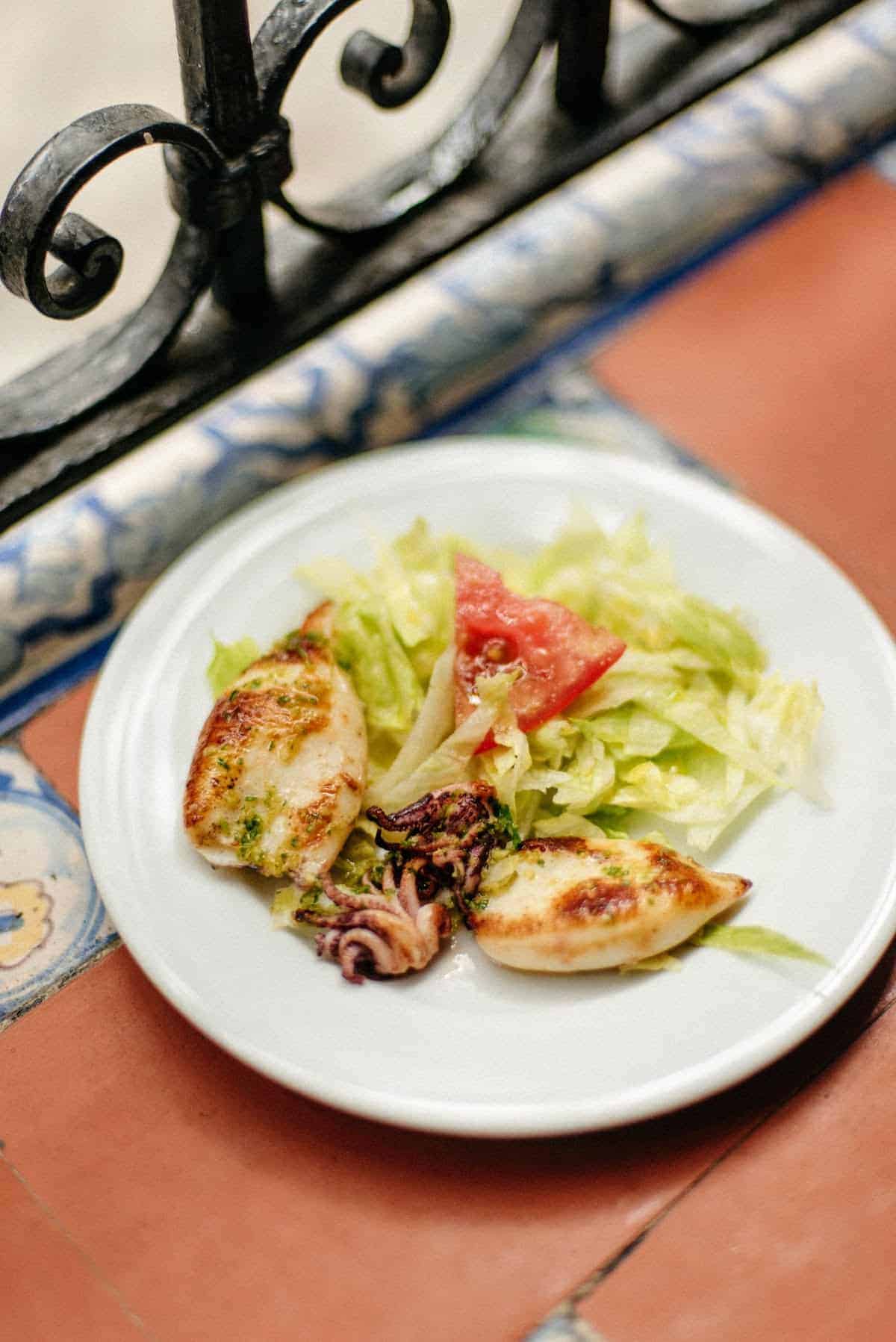

Kate
Since moving to the South of Spain I've gone olive oil mad! Olive oil is definitely contributing to my healthier lifestyle. I can eat olives until they're coming out of my ears too! lol
Frank Teixeira
Picual is my favorite olive oil. In Portugal me and a few buddies would buy 300 liters from a grower/processor as a year's supply. No comparison to the stuff you get in the super. It's also cheaper.
Emily
I love arbequina olives. They taste like little nuts to me! I first learned to like olives when I was in Spain. Now, my tapas table is non-existent without them!
Lauren Aloise
Same here! I grew up with my father eating some very strong Italian and Greek olives every night and thought I didn't like them. But when I got to Spain, things changed quickly! Now I love all olives, even Dad's!